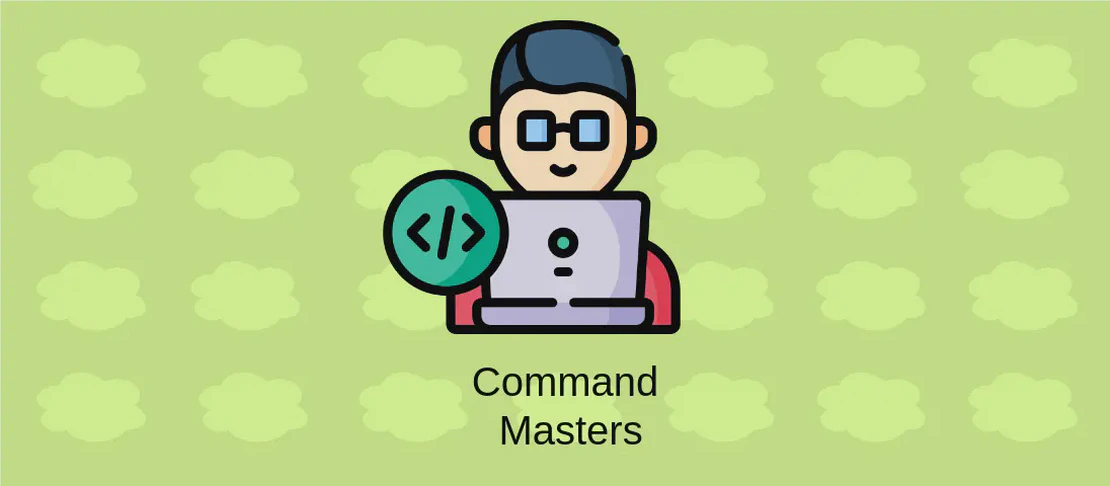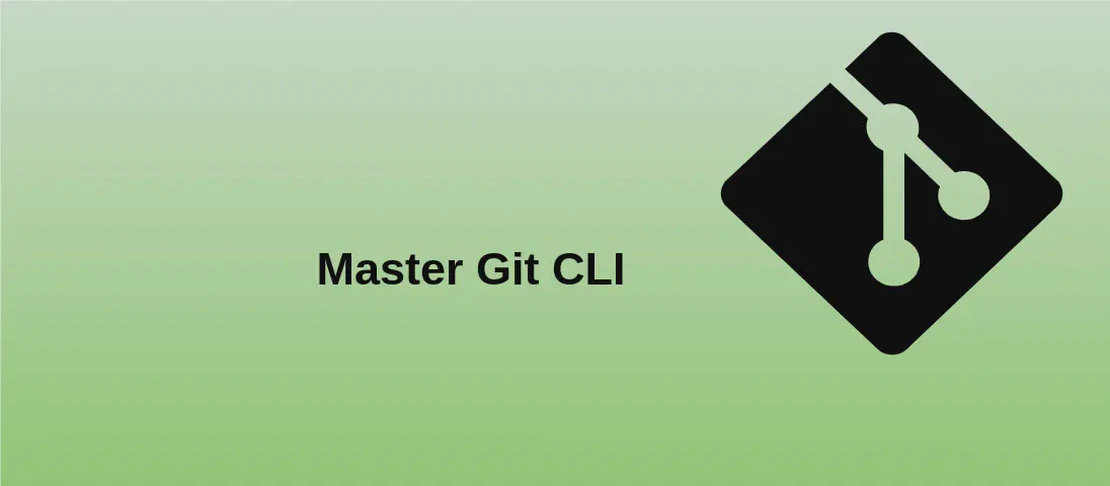
Efficiently Manage Repository Data with 'dolt gc' (with examples)
The dolt gc command is a powerful tool used in Dolt repositories to perform garbage collection, aiding in the clean-up and optimization of data storage. By searching and removing data that is no longer referenced or needed, the command ensures that a repository remains lean and efficient.
Use case 1: Cleaning up unreferenced data from the repository
Code:
dolt gc
Motivation:
Over time, as data in a repository is modified, many changes may generate unreferenced objects. These objects take up space, slowing down repository performance and increasing storage costs. By running dolt gc, users can clear away this unwanted data, maintaining a streamlined and efficient repository. This full-fledged garbage collection process thoroughly sifts through all data to identify and remove what is unnecessary, offering a complete purge of the data clutter.
Explanation:
dolt: This invocation calls the Dolt command-line interface, which is necessary to interact with a Dolt repository.gc: This stands for garbage collection, signaling the command to search through the repository to identify and remove data objects that are no longer referenced.
Example Output:
Executing garbage collection...
49 unreferenced objects found and removed.
Repository size reduced by 200 MB.
Garbage collection complete.
The example output demonstrates the typical result of executing dolt gc, showing how many unreferenced objects were removed and the amount of space reclaimed.
Use case 2: Initiating a faster but less thorough garbage collection process
Code:
dolt gc --shallow
Motivation:
In certain scenarios, such as when under time constraints or when system resources are limited, performing a full garbage collection may be impractical. The --shallow flag offers a solution by enabling a quicker and less resource-intensive means to clean up some unreferenced data. Although less comprehensive than the full dolt gc, the shallow option is still effective for moderate repository maintenance in time-sensitive situations.
Explanation:
dolt: This is again used to invoke the Dolt command-line interface for interaction with a Dolt repository.gc: As before, it indicates the execution of garbage collection to clean the repository of excess, unneeded data.--shallow: This optional argument modifies the garbage collection process to be faster, albeit less complete, highlighting a prioritized approach to balance performance with resource consumption.
Example Output:
Executing shallow garbage collection...
15 unreferenced objects found and removed.
Repository size reduced by 50 MB.
Shallow garbage collection complete.
The example output showcases a scenario where a quick, albeit less comprehensive, garbage collection is executed, highlighting the reduction in number and size of unreferenced objects removed.
Conclusion:
The dolt gc command is instrumental in effectively managing disk space within Dolt repositories by selectively removing unneeded data. Whether opting for a full-scale clean-up or utilizing the shallow option for a quicker process, users can efficiently enhance their repository’s performance, ensuring that it remains swift and organized. With the examples outlined, you can effectively choose the right approach for your specific repository maintenance needs.


